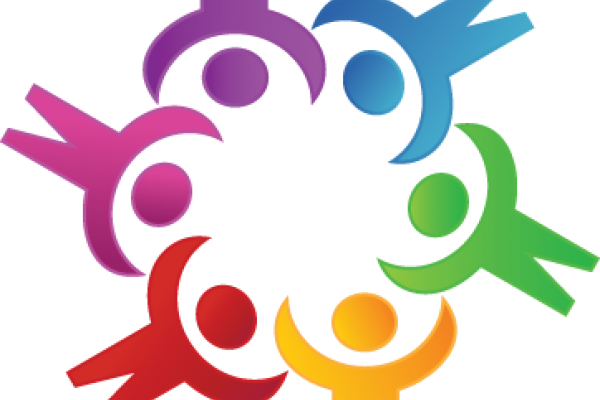Diedrich Boenhoeffer wrote about it. Pastors preach about it. Churches strive for it.
Community.
It is a concept that has had a long history in the American church. It can come in many forms. Bringing a meal to a stressed out new mother. A church ice cream social. Youth group. Singles ministry.
But what does community look like when working on a social issue?
For human trafficking, that community comes in the form of partnerships. The 2000 federal Trafficking Victims Protection Act (TVPA) originally addressed human trafficking by creating the three 'Ps': prevention, protection, and prosecution. But after implementation occurred, the anti-trafficking community realized there was something missing. Thus, in 2008, the fourth 'P' —partnership — was added.
These partnerships come in two forms: anti-trafficking task forces and Rescue & Restore Coalitions. They are made up of nonprofit organizations, local police, FBI, community members, human trafficking survivors, and places of worship. The federal government has funded 42 task forces and currently recognizes 26 coalitions. The work done in these partnerships has helped inform policy changes, trained community members, provided resources for trafficking survivors, and prosecuted traffickers.
These partnerships fulfill God's plan for community outlined in 1 Corinthians 12:12-20:
"Just as a body, though one, has many parts, but all its many parts form one body, so it is with Christ. For we were all baptized by[c] one Spirit so as to form one body—whether Jews or Gentiles, slave or free—and we were all given the one Spirit to drink. Even so the body is not made up of one part but of many. Now if the foot should say, 'Because I am not a hand, I do not belong to the body,' it would not for that reason stop being part of the body. And if the ear should say, 'Because I am not an eye, I do not belong to the body,' it would not for that reason stop being part of the body. If the whole body were an eye, where would the sense of hearing be? If the whole body were an ear, where would the sense of smell be? But in fact God has placed the parts in the body, every one of them, just as he wanted them to be. If they were all one part, where would the body be? As it is, there are many parts, but one body."
Within the human trafficking community, each entity has limited jurisdiction, power, and resources. Nonprofit organizations cannot arrest or prosecute traffickers, but law enforcement can. Law enforcement agencies cannot directly provide protection services to survivors without being accused of coercion or improper influence on survivors’ testimony, so nonprofits must provide the services. Nonprofit organizations and law enforcement agencies need the public to report suspected trafficking, but the public generally learns about human trafficking through the educational efforts of nonprofit organizations and government agencies. Each level of government — local, state, and federal — has unique powers and capabilities. Local government workers are generally more aware of the context and needs of the local community than the federal government, but much of the funding for local anti-trafficking activities comes from the federal government.
Each part has its purpose, but also needs the other parts to function. They need to work together.
The church calls it community and the federal government calls it partnership. Semantics aside, people can come around issues large and small when all parts work together.
Lyndsey Christoffersen , Ph.D. is an instructor at Chapman University and cofounder of the Long Beach Human Trafficking Task Force. She researchs human trafficking and wrote her dissertation, 'City of Slaves: Local Regulation of Human Trafficking,' on modern day slavery in Los Angeles County.
Image: Kev Draws / Shutterstock.com
Got something to say about what you're reading? We value your feedback!
